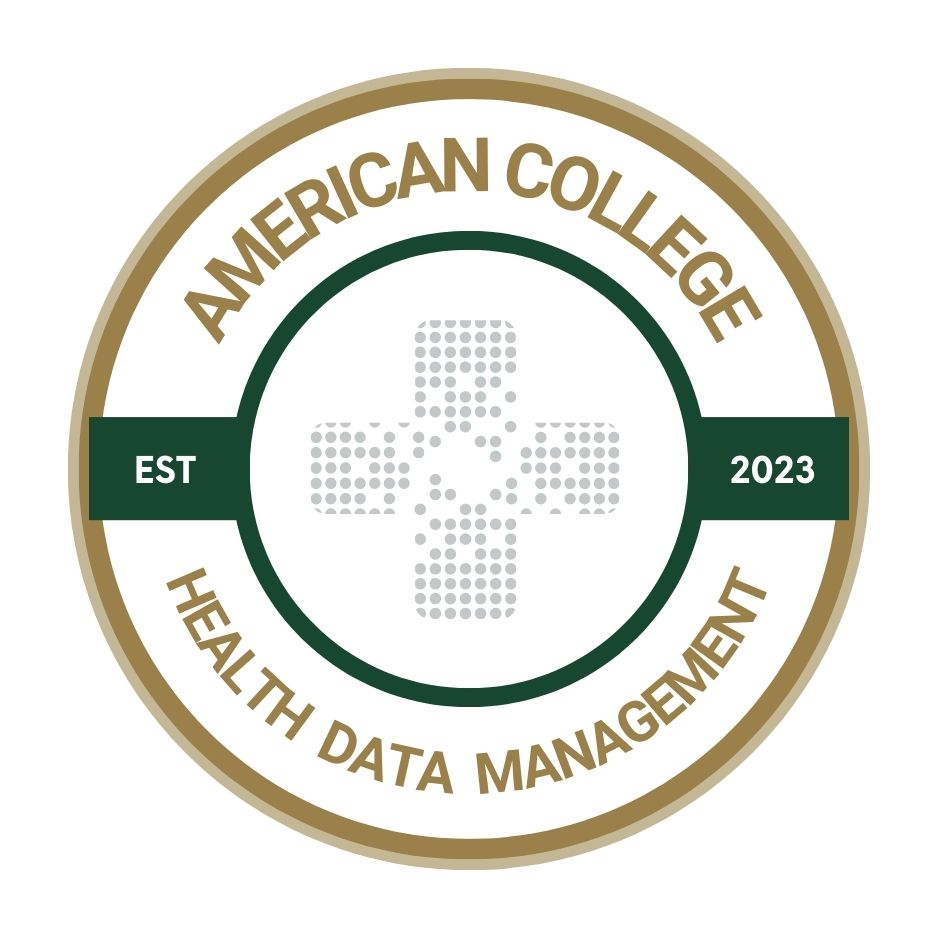SDOH, health equity pose intersecting challenges, opportunities for health leaders
Fellows of the American College of Health Data Management offer strategies to overcome inequalities in healthcare that addressing social determinants of health and fostering equitable access.

In modern healthcare, the concepts of social determinants of health (SDOH) and equity of access to care are inextricably linked.
SDOH represents socioeconomic and environmental factors such as income, education, employment, social support, housing, and access to healthcare that significantly impact an individual's health and wellbeing. On the other hand, equity of access to care is the principle that everyone should have an equal opportunity to attain their full health potential, regardless of their social, economic or geographic circumstances.
Despite a growing recognition of these principles, numerous challenges continue to limit their realization within the healthcare system. Disparities persist, with certain populations disproportionately affected by health issues because of SDOH. Inequities in access to healthcare compound these disparities, further exacerbating health outcomes.
Understanding the interplay of SDOH and equity of access to care is crucial in comprehending the landscape of health disparities. As the World Health Organization asserts, SDOH contributes significantly to health disparities and inequalities. Concurrently, inequitable access to healthcare services amplifies these disparities, with marginalized communities often bearing the brunt. For example, the COVID-19 pandemic highlighted this, with minority populations experiencing a higher mortality rate because of a combination of SDOH factors and limited access to healthcare.
HDM sat down with Fellows of the American College of Health Data Management to understand what challenges they are seeing on the front lines of health and care, and what leaders can do today to make a difference in their respective roles.
A wide range of issues lies at the intersection of SDOH and equity of access to care. Christine Pirillo notes that, "The cost of care and misalignment of cross-functional teams are two major challenges affecting the impact of SDOH across the care continuum." Agreeing with Pirillo, Dr. Eric Weaver points out, "Structural inequities such as racism, poverty and discrimination compromise trust or limit access to care."
Moreover, the challenges extend to geographic disparities and service navigation. Dr. Jasmine Agnew articulates, "Services may be available, but if the vulnerable population needs assistance navigating the service, they may not be able to take full advantage of available services... Health disparities still affect the access to healthcare among those in rural populations."
Tomeka Small, DHA, adds another layer to the issue: "Many members of the community are either unaware of the services and care offered or feel there is no benefit for them," thereby highlighting a lack of awareness as a significant roadblock. Corroborating this, Dr. Zahi Jurdi indicates that, "Insurance coverage or cost, where you live (location) and what you look like" are further obstacles to equitable access.
We also need to pay attention to infrastructural issues such as transportation. As Dr. Shannan Swafford explains, "In the absence of a robust public transportation system, many communities lack access in transportation to reach an appointment... Coupling transportation limitations with Health Professional Shortage Areas (HPSAs), many would-be patients are prevented from keeping needed appointments for care."
Fred Bazzoli adds another perspective: "While social determinants of health have an outsized influence on health, one of the biggest problems with it is which entity holds responsibility for meeting patients' needs... It is difficult to determine who holds responsibility and, thus, who should pay for interventions that can prevent larger medical expenses downstream... There are more collaborations emerging between payer and provider organizations to address SDOH, but aligning savings from interventions with costs to meet social determinants remains a big obstacle."
Actionable strategies and recommendations
Addressing the complex and intertwined challenges of SDOH and equity in access to care requires holistic strategies that cut across multiple sectors of our society. Here are some considerations for healthcare leaders:
Address structural inequities. Recognizing and actively addressing structural inequities like racism, discrimination and poverty is a crucial starting point. These factors often play an outsized role in both SDOH and in access to care. A systemic, societal commitment to addressing these fundamental issues is essential to effecting long-lasting change.
Invest in underserved areas. More investment is needed in underserved and rural areas, both in terms of funding and human resources. A stronger healthcare infrastructure in these areas could significantly improve access to care.
Standardize SDOH metrics. Developing a consensus on what constitutes SDOH and standardizing metrics for assessing these factors can help streamline initiatives aimed at addressing them. This will lead to more targeted and effective interventions.
Overcome financial barriers. Consider strategies to help individuals overcome financial barriers that hinder their access to healthcare. From costs related to transportation to the affordability of care, these barriers can prevent people from seeking or receiving the care they need.
Promote health literacy. Enhancing health literacy can empower patients to make better-informed decisions about their health. Providing resources and education can help people understand the importance of preventive care, the benefits of healthy behaviors and how to navigate the healthcare system.
Leverage partnerships. No single organization can address all SDOH or fully eliminate disparities in access to care. Building partnerships among healthcare providers, insurers, community organizations and public health agencies can enable a more coordinated, comprehensive approach.
Improve transportation and broadband access. Physical access to care, often dictated by transportation and broadband availability (especially in rural areas) is a key factor that needs addressing. Ensuring reliable transportation and Internet access can help bring healthcare services to more people.
As we move forward, it's important to remember that there's no one-size-fits-all solution. The strategies we adopt must be as diverse and nuanced as the challenges they aim to address. Progress will require creativity, collaboration, and above all, a steadfast commitment to achieving health equity.
By keeping these points in mind and implementing actionable strategies, healthcare leaders can make significant strides towards achieving health equity.
Mitchell Josephson is president of the American College of Health Data Management.
